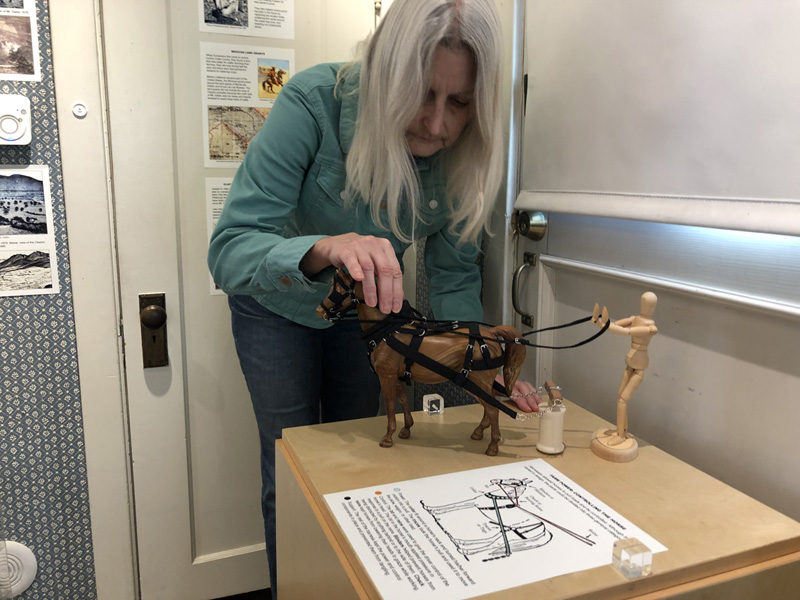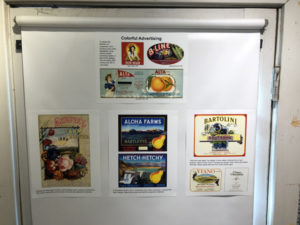Before suburbia struck, Clayton was all about farming

CLAYTON, CA (Jan. 23, 2022) — Many Clayton homes sit on land that was once used for farming.
From the mid-1800s through the 1950s, the Clayton Valley was primarily farmed for wheat and later for wine grapes.
“Both crops did well in a climate where there is no rainfall in the summer,” explained Nancy Niemeyer, creator of the temporary exhibit at the Clayton Museum.
Clayton was home to many wineries, including Mt. Diablo Vineyards and Paul DeMartini Vineyards. Most land eventually transitioned to fruit and nut orchards and row crops.
The special exhibit on the history of Clayton farming runs through June. Visitors can learn about how the early farmers dealt with pests, irrigation, labor and much more.
You can discover answers to questions like:
- What farming machinery was designed and patented by Clayton inventors?
- How many gallons of wine were produced by local wineries?
- Why did some farmers switch to fruit and nut orchards in the early 1900s?
- What happened to wine grape growing after Prohibition?
Well-researched history

The exhibit includes photographs, newspaper quotes and artifacts, as well as well-researched history spanning 100 years until housing developments replaced much of the farmland.
Niemeyer, a volunteer who retired from her work as an agricultural biologist with the Contra Costa County Agriculture Department, spent four months putting together the exhibit. Her research took her to the Concord and Clayton Historical Societies and the Contra Costa County Agriculture Department, as well as many online sources.
In the adjacent room of the museum, called the Town Room, there are additional artifacts in the permanent collection that complement this temporary exhibit, including farm tools and old wine bottles.
While there, you can also learn about the first inhabitants of Clayton Valley and early pioneers like Joel and Margaret Clayton.
The Clayton museum at 6101 Main St. is open 2-4 p.m. Wednesdays and Sundays and by appointment. Email museum@claytonhistory.org or 925-672-0240).

Kara Navolio
Kara Navolio is a freelance writer, telling stories of real life heroes and interesting people for several local newspapers since 2015, including The Pioneer and Lamorinda Weekly. She is also the editor of a local magazine, Northgate Living, and her debut children’s picture book Everybody Can Dance! was released by Brandylane Publishers, Inc. in May 2019. She has lived in Walnut Creek with her husband for 30 years and is the mom of two now grown children.
